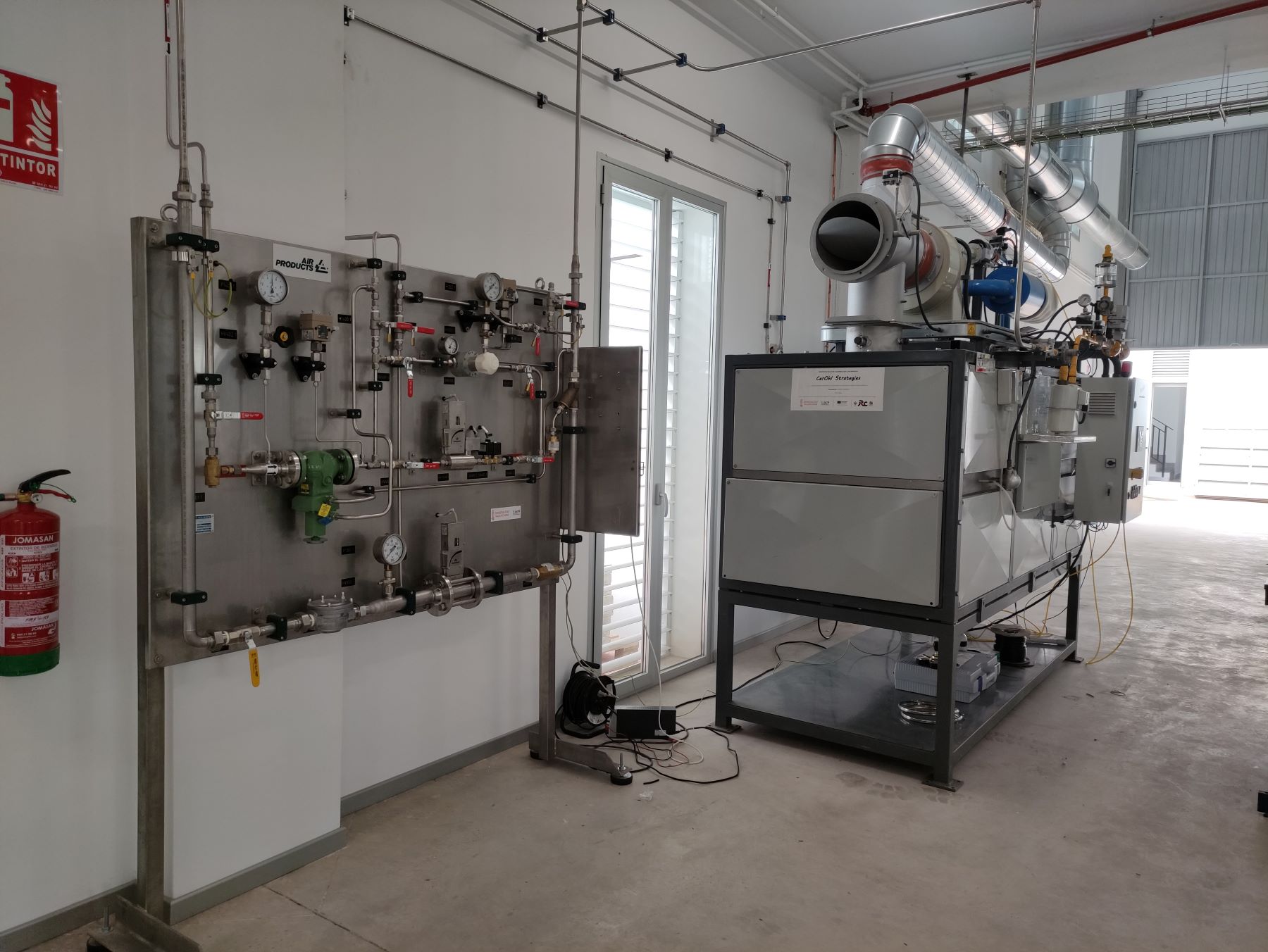The ITC, Institute for Ceramic Technology, is one of the participants in the H2togreenceramics project. He conducts applied research to develop alkaline electrolyzers that would make this possible decarbonizing the ceramic sector in the Valencian Community, thanks to applications of green hydrogen.
This project is led by the company Técnicas Reunidas, and in addition to the ITC, another technology center such as AIJU, the company Proying XXI Ingeniería, dedicated to the manufacture of frying ovens and burners and an end-user company that produces ceramic frits.
All these entities work together to increase the great potential of this project, generating an efficient and sustainable solution that will maximize the degree of energy autonomy within the ceramic cluster.

Green hydrogen and ceramics
This study is partly financed by the Ministry of Innovation, Industry, Trade and Tourism of the Valencian Community under the aid program to promote strategic industrial projects in the Valencian Community with a total budget of €2,125,303.99, of which the Generalitat Valenciana contributes €850,121.60.
Currently, the project is about to complete the first phase with the installation of alkaline electrolysis of 50 kW, developed in the project, at the ITC Low-carbon Plant in Almassora (Castellón).

In this pilot phase the hydrogen generated by the 50 kW electrolyzer It will be led to a burner, specifically the combustion chamber available to the ITC, where experimental tests will be carried out with the aim of studying the continuous operation of the electrolyzer-burner-combustion chamber system.
The combustion studies will be carried out with conventional burners from the ceramic industry and the associated nozzles, so that companies in the ceramic sector can carry out these types of studies verify the percentage of hydrogen that can be worked with with their own burners, without having to make adjustments to the burner.
In addition, it is also possible to analyze the technical feasibility of the combustion chamber through the combustion chamber partial or total replacement of natural gas by hydrogen as a fuel in the firing of ceramic tiles, by firing in contact with the atmosphere created by the combustion of hydrogen.
In a second phase, based on the pilot-scale results, an advanced electrolyzer with a higher power (500 kW) will be developed and integrated into a production company. manufacture of ceramic fritsto validate the technology in an industrial environment.
In this case, a scaled survey will be conducted pre-industrial by integrating the hydrogen generated by the electrolyzer in the company’s distribution network, to make blends with natural gas up to 20% by volume.
Furthermore, the oxygen that the electrolyzer will generate will be reintroduced when installing this gas that is already available in the company. It will be used as an oxidizing agent during the fusion process that produces the ceramic frits.

